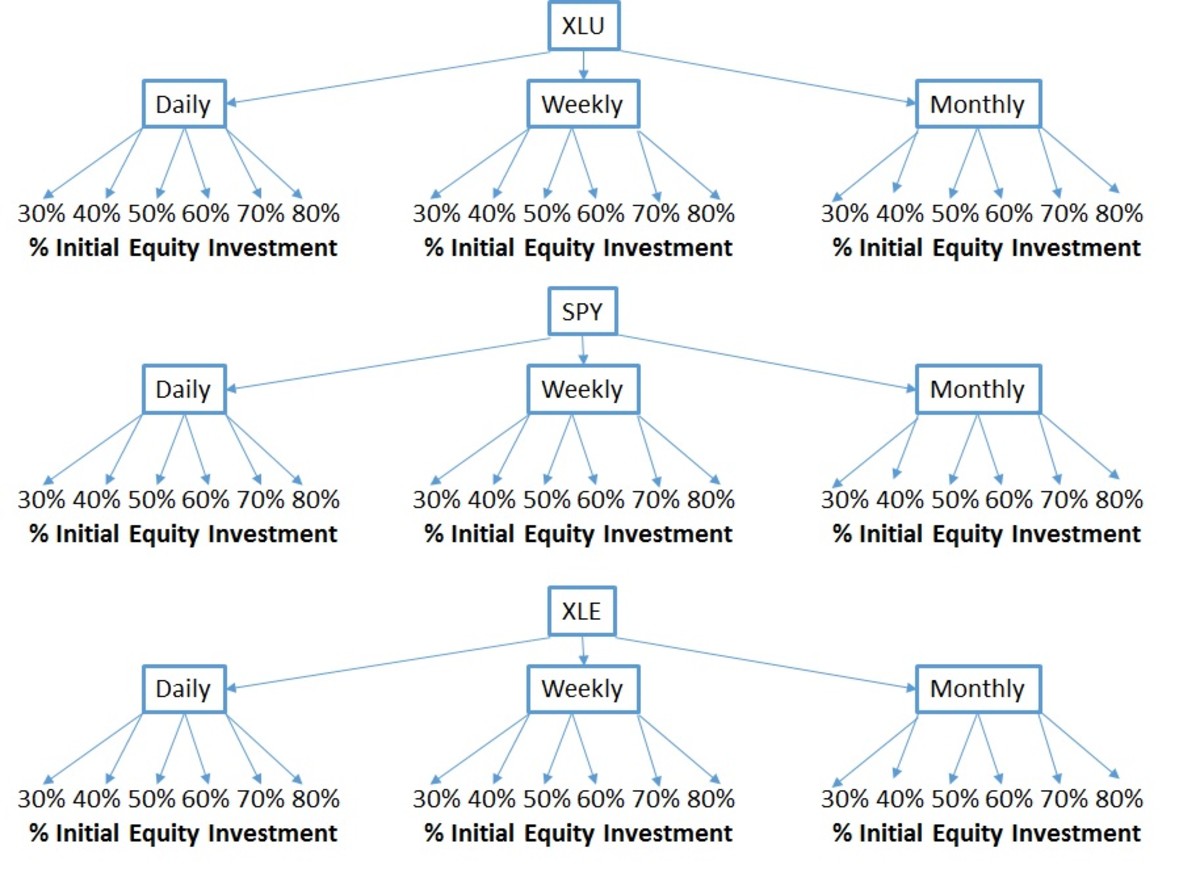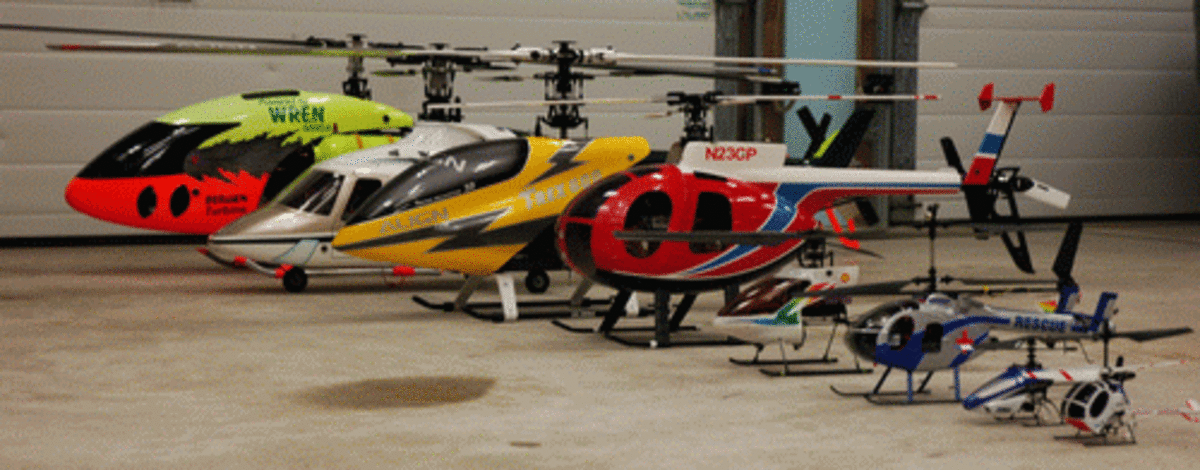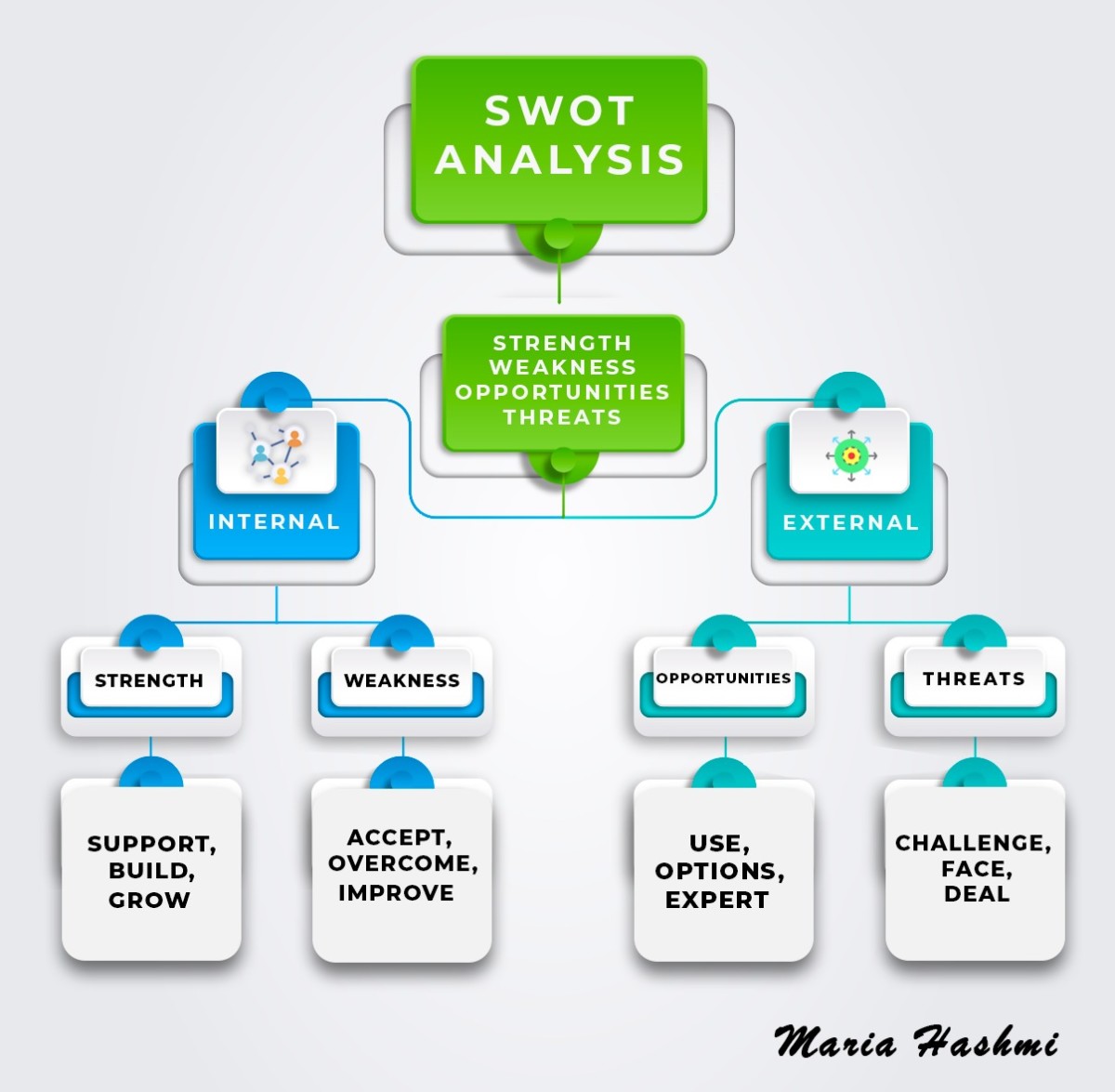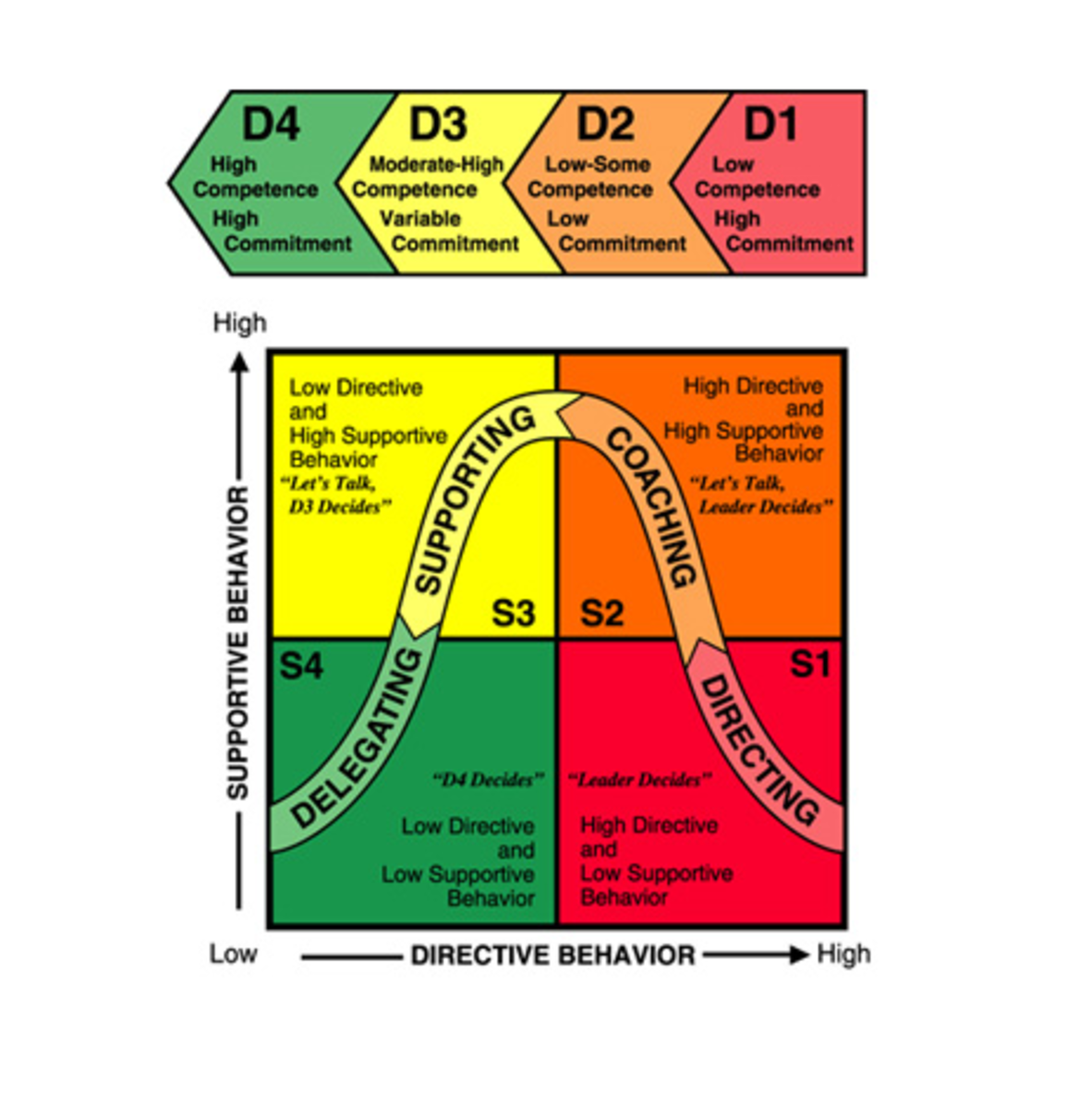How to do an analysis and Write a Risk Assessment
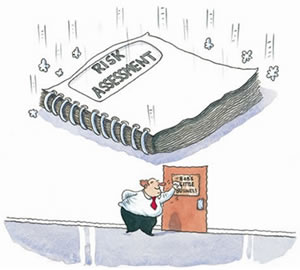
WHAT IS A RISK ASSESSMENT?
Risk Assesments are the product of a rigorous examination of a task of work that identify any risks to harm or ill health to an individual. Risk Assessment s are required by Law in many situations but a good employer, or indeed the individual worried about his own safety on a task, would benefit from attention to the risks involved.
In many cases it seems that Risk Assessments are seen as a paper exercise, perhaps something that has to be done to gain a good deal on employers insurance or to gain the contract with a Local Autority. However they are much more effective if they lay emphasis on the task rather than the just a need to fill in a form.
If you are a small firm or indeed it is a small task , a risk assessment might be simply notes taken at a conversation with a colleague or indeed your own observations.
· The aim of the Risk Assessment is to identify SIGNIFICANT hazards that are present ( causes harm or ill health).
· Once you have identified the Risk you need to check what you have already done (if anything) to reduce the risk
· Decide whata other control measures you could bring in to reduce the risk.
Risk Assessments have often received a bad press, who can forget that children were not allowed to play conkers in case they hurt themselves! The underlying part is that the risk should be reduced to an acceptable level- thus in the case of the conker episode, it would be Ok for the child to have a bruised knuckle but if fracture s were caused that would in most peoples ideas be unacceptable. I always think what would the Average Joe think about the level of risk attached and base my thoughts on that.
WHO CAN DO THE RISK ASSESSMENT?
Like any job, the Risk Assessment will be more competent if it is performed by a competent person. That does not mean that you have to rush out, attend training courses and present certificates. The most competent person is the person who has the knowledge, training and experience in the job. There may be times when you have to outsource a particular part of the Risk Assessment- for example if there were a number of plugs into a specific socket you might ask an electrician for his professional opinion. Competence is displayed by knowing about your specific area of work, it is also displayed by saying “I don’t know” “we will have to get someone in and ask”
WHEN SHOULD I DO THE RISK ASSESSMENT
Ideally a Risk Assessment should be done before the task has been started as the whole point of the RA is to stop harm or injury- However it is a good idea to periodically examine the tasks undertaken and perform Risk Assessments if they have not already been done. I always see Risk Assessments as a Living Document. By that I mean that circumstances change. A risk assesemnt could be done with for example the worker using a cordless drill. Once the project has been started the drill is found to be underpowered so is replaced by a corded drill which keeps getting under everyones feet because of the position of the plug- an accident waiting to happen? Therefore it is good practise to periodically check the Risk Assessments to make sure that anything that has changed has not affected the Risks in the job.
NON COMPLIANCE
You may be thinking at this stage, what a waste of time, but beware the penalties for non compliance are strict. Non compliance is usually detected when something has gone wrong or someone is injured so it makes sense to comply and protect both you and your workforce. If a Health and Safety Executive inspector visits they can issue improvement or prohibition notices that would effectively stop your firm from trading. Serious breaches of Health and Safety law are prosecuted in the Mgistrates court and for very serious cases the Crown Courts. Fines are punishment are not to be taken lightly. In the Magistrates court you could be fined up to £20,000 and sentenced to 6 months imprisonment whilst in the Crown Court fines are unlimited and sentencing powers are extended to two years. If an accident happens and you can prove you prepared an assessment but did not foresee the risk then this will be a powerful mitigation for you and would considerably reduce the chances of imprisonment and the amount of the fine.
THE METHOD OF COMPLETING A RISK ASSESSMENT
There are 8 basic steps to carrying out the Risk Assessments and when you read them you can see why it is so important t o share the task with those who do the job or have specialist knowledge.
· Identify the hazards
· Identify those at risk
· Identify existing control measures
· Evaluate the risk
· Decide/implement control measures
· Record Assessment
· Monitor and Review
· Inform
IDENTIFY THE HAZARDS
How do I identify the hazards? Use the method(s) that comes naturally to you. This might be by watching the job, experience of a similar job and or talking to those who have done this or a similar job. You are looking for the hazards that you could reasonably be expected to find that will result in SIGNIFICANT HARM. You are not looking for the hazard that no one could ever have forseen because you wont find it
Who is at risk?
You need to identify who is at risk. Consider the needs of disabled staff, pregnant women or temporary staff who may not know their way around. For instance everyone in the company might know that you don’t use a certain walkway as it's a bit unsafe- has the temp been told?
What controls are in place.
By control measures we mean what actions have you out in place to stop an accident or incident happening. In the above example of the unsafe walkway it could be the hanging of a large sign on each end of the walkway “unsafe, use of this walkway is prohibited”. You will have to decide if these measures are enough. To do this you will need to have your accident book handy . A good tip is to ask the people doing the job if there have been any “near miss” accidents and what saved them from the accident- this will help identify the controls that are working and any controls that are needed. Continuing our example of the walkway- a temporary worker starts moving across and when stopped and asked why he used it, indicates he neither speaks nor reads English. Therefore a control measure might be an induction in their own language by non english speakers.
Evaluate the risk
A risk is explained as the likelihood tht a hazard wil cause harm to a person.
Below is an example otf an evaluation chart
How likely is it that the hazard may result in harm? If it does result in harm, how severe would the i
Injury be?
1. Highly Unlikely 1. Light Scratch
2. Unlikely 2. Small Scratch
3. Possible 3. Fracture ( or injury causing 3 days off work)
4. Probable 4. Amputation/Major injury
5. Certain 5. Death
To carry out a Risk Assessment you need to multiply the likelihood of the accident by the severity of the injury. For example A hazard that is highly unlikely but would cause death is 1x5 = 5 whilst a hazard with a likelihood of 4 and an injury of 3 =12
All well and good but what do these numbers mean?
Priority of Action needed
Score 15-25 URGENT ACTION REQUIRED
Score 10-12 High Priority (don’t forget about it)
Score 5-9 Medium Priority (Make sure it is done)
Score 2-4 Low Priority - Review
Score 1 Very low priority –No action required.
If the risk is too high then you will need to review and implement new control measures. The control measures are actions used to reduce or remove the chance of an accident or injury happening. It is important to consider both the severity and the possibility
HELP WITH CONTROL MEASURES
You may be thinking at this point, how on earth can I think of yet alone implement control measures. There is a 6 point plan which helps you concentrate your thoughts on control measures
1. Elimination- take the risk out of the equation altogher – may not be practical
2. Substitiution- change the risk for an laternative method of work
3. Physical Controls – Isolate workers- separate them from the hazard
4. Adminsitrative controls- rules in place to avoid the hazard
5. Information- warn people of the hazard, provide training
6. PPE Personal Protective equipment- will reduce the severity of the accident.
Remember that all control measures have to be practical and easy to understand. They have to meet with acceptance by the workforce to be followed by all. Only if they are followed will the risk reduce. For example- the painter painting the walls in a ground floor flat, occupied by a pensioner- does he need a helmet and high visability jacket- especially in a heat wave?
Once you have reduced the risk as far as you can and it is at a level that the man in the street would tolerate then you have finished the practical side of the Risk Assessment.
RECORDING THE INFORMATION
Make sure that you write everything that you do down. In the event of an accident your memory may let you down or others recollections may be tempered by the thought of a possible Insurance payment. Keep copies so that if an accident happens or a complaint is made you have the records available for inspection by the HSE. You need to review the assessment on a regular basis. You are the best judge for the time required. In a fast moving and growing business it might be that you have to review more often than a firm who have worked the same way for many years and have an exemplary safety record.
Inform
The last stage of the Risk Assessment is to inform everyone who is affected by it. You will need to highlight any changes in the way of work and explain why and explain to them their duty as employees to abide by these changes. Their input could be invaluable as they may spot something that you did not or find a control factor that you had not considered.
If, after following this advice you are still not sure and concerned then I suggest you contact the Health and Safety Executive.


